The Old Temple of the Vedanta Society in San Francisco in the picture below somehow made me think about the little poem below by Rabindranath Tagore. I have appended my (admittedly poor) translation below the poem.
বহু দিন ধরে বহু ক্রোশ দূরে
বহু ব্যয় করি বহু দেশ ঘুরে
দেখিতে গিয়েছি পর্বতমালা
দেখিতে গিয়েছি সিন্ধু।
দেখা হয় নাই চক্ষু মেলিয়া
ঘর হতে শুধু দুই পা ফেলিয়া
একটি ধানের শিষের উপরে
একটি শিশির বিন্দু।।
“Over many many years, I traveled many many miles, spent a fortune and visited many distant lands to enjoy the majestic beauty of great mountain ranges and seashores. But I just did not spare the time to merely step outside my front door and open my eyes to the simple beauty of a drop of dew glistening on a blade of grass in a paddy field.”
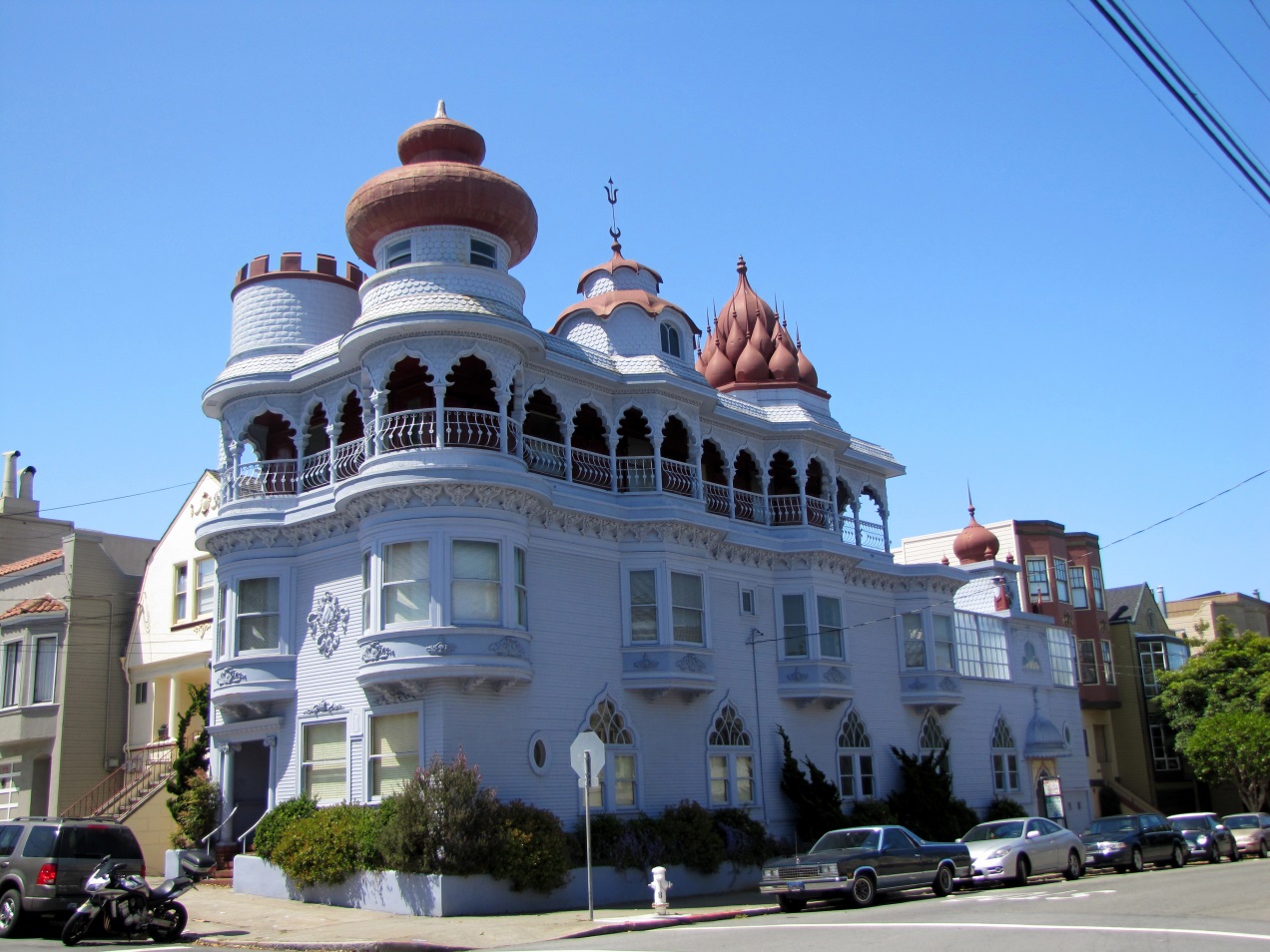
We travel to London, Paris, Rome, Greece, Egypt to see the Buckingham Palace, Notre Dame, St. Peter’s Basilica, the Acropolis and the pyramids. We travel east to visit the famous Borobudur and Prambanan in Indonesia, Beijing’s Summer Palace, and the Great Wall of China. We take time to visit the famous temples of Kedar/Badri, Varanasi and Tirupati. But how many among us have noticed the Old Temple of the Vedanta Society of Northern California – a rather unusual structure – at the southwest corner of Webster and Filbert Streets in San Francisco. How many of us even knew about it?
The Old Temple has its own unique history. It is the oldest universal Hindu temple in the western world. It was completed in 1906, just before the great San Francisco earthquake. It somehow survived the earthquake and the fire that followed – some may think it was divine intervention. The temple was built under the leadership of Swami Trigunatitananda, who at the time was in charge of the Vedanta Society of San Francisco (founded by Swami Vivekananda himself in 1900). Swami Trigunatitananda was a brother disciple of Swami Vivekananda, one of Sri Ramakrishna’s sixteen monastic disciples. Incidentally, he died in 1915 resulting from the injuries from a bomb thrown at him by a deranged disciple, while he was speaking from the pulpit of his beloved temple – the first martyr of the Ramakrishna Vedanta Movement.
Swami Trigunatiatnanda had grandiose visions of the temple. He wanted it to reflect an architectural representation of the message of religious harmony, the central theme of his Guru Sri Ramakrishna’s message to the modern world, as so ably expounded by Swami Vivekananda. Therefore it is not built like an Indian temple. Each of its four towers on the roof and the small tower at the entrance to the auditorium is architecturally unique. They have echoes of the Shiva temples of Bengal, the Varanasi temple, a medieval Christian church, the Taj Mahal and a Muslim mosque. The veranda running along the north and east sides of the building on the third floor is lined with sculpted arches in Moorish style. In addition to the auditorium, the temple housed monk’s quarters and administrative offices. With time came requirements for additional space. Major activity was shifted to the New Temple built in 1959 at the northwest corner of Vallejo and Fillmore Streets, a few blocks from the Old Temple. The Old Temple was recently subjected to a major renovation, including seismic retrofit, to bring it up to the current Building Code requirements. A Re-Dedication Ceremony for the Old Temple took place on October 29 (Kali Puja Day) and October 30, 2016, graced by a senior monk from Belur Math and about a dozen monks from all over North America. The renovation is now complete and it is now open
Perhaps now some of us will take a closer look at the Old Temple and try to find out more about it. And that also includes me.
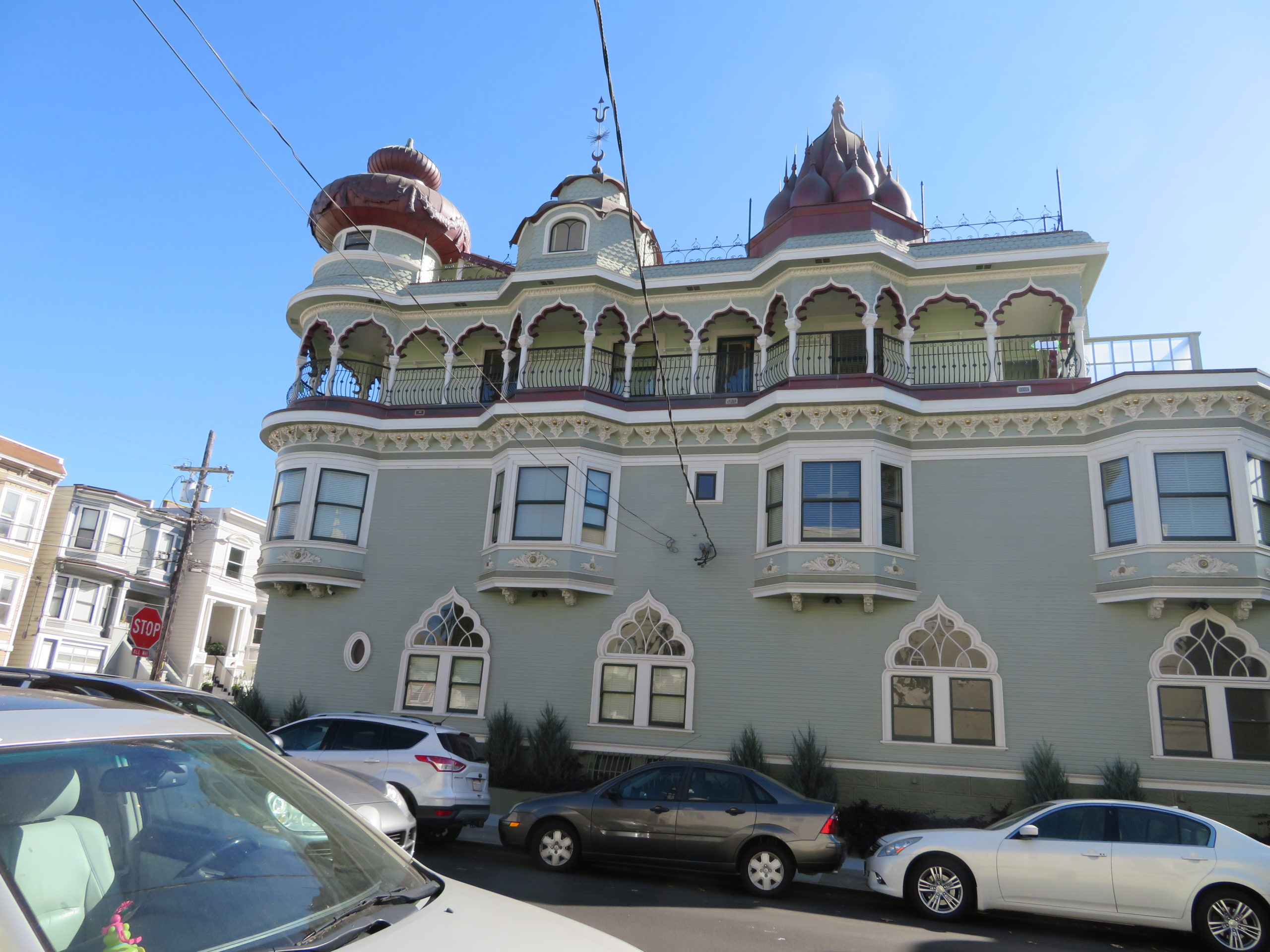
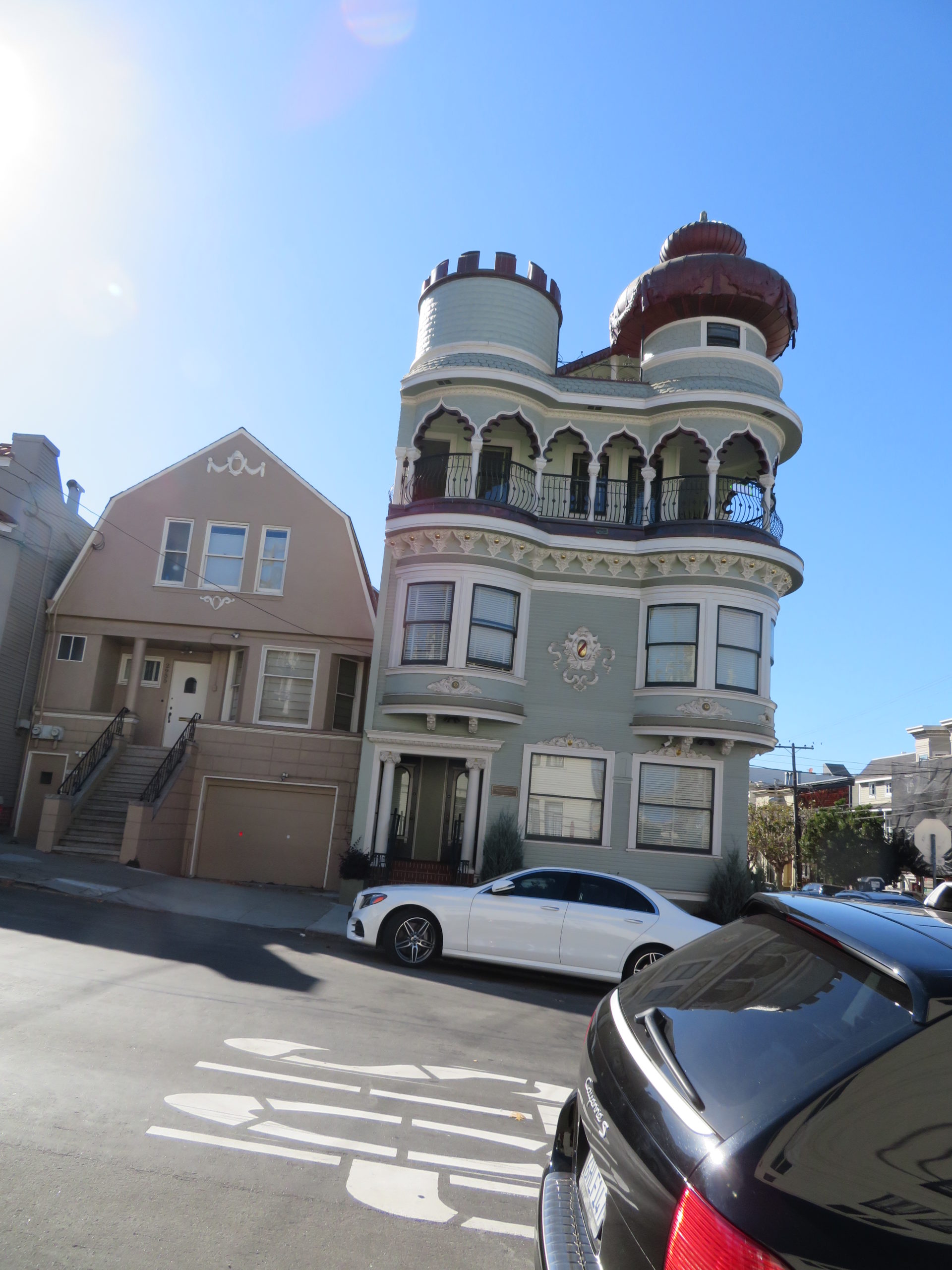
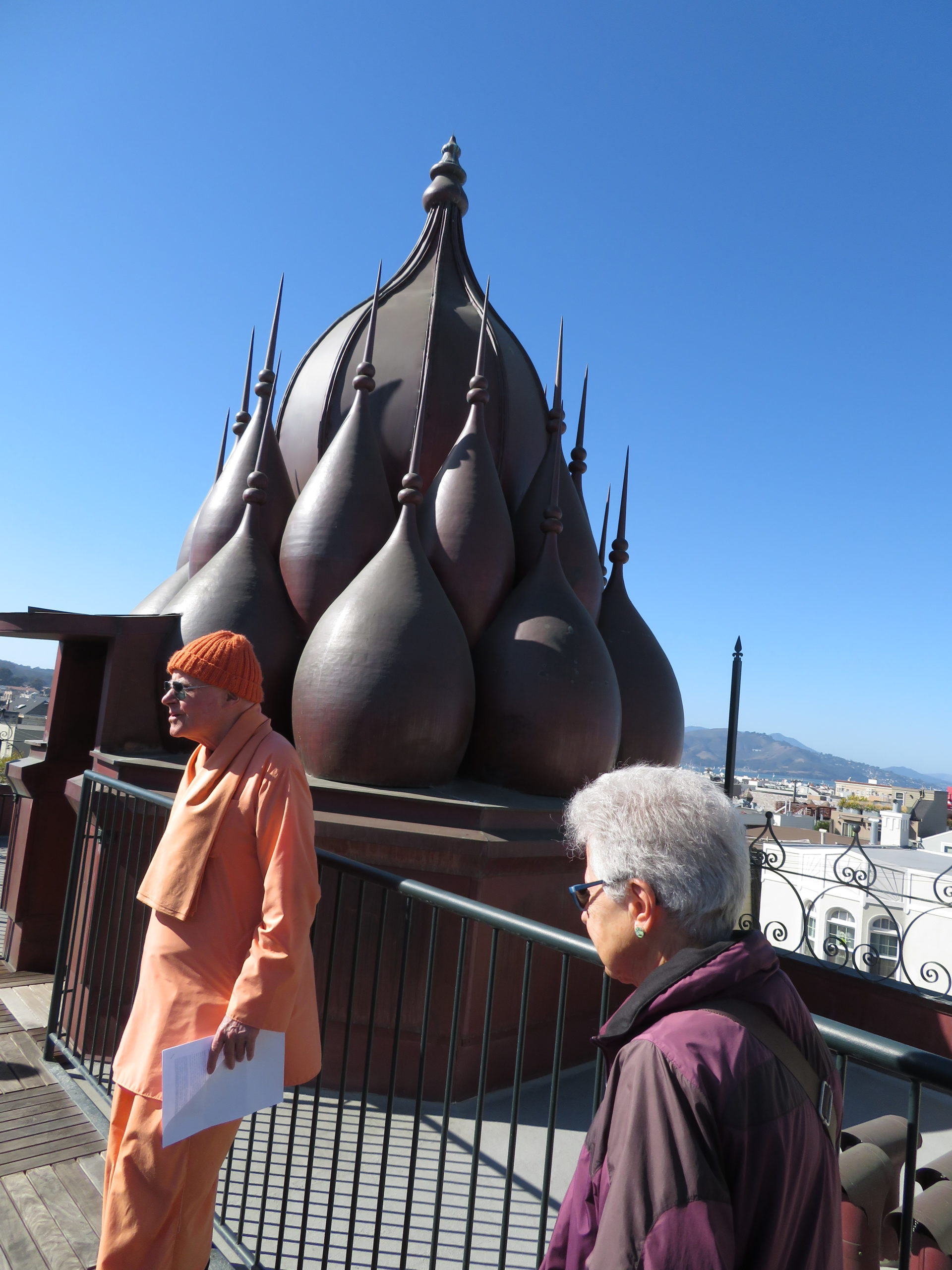
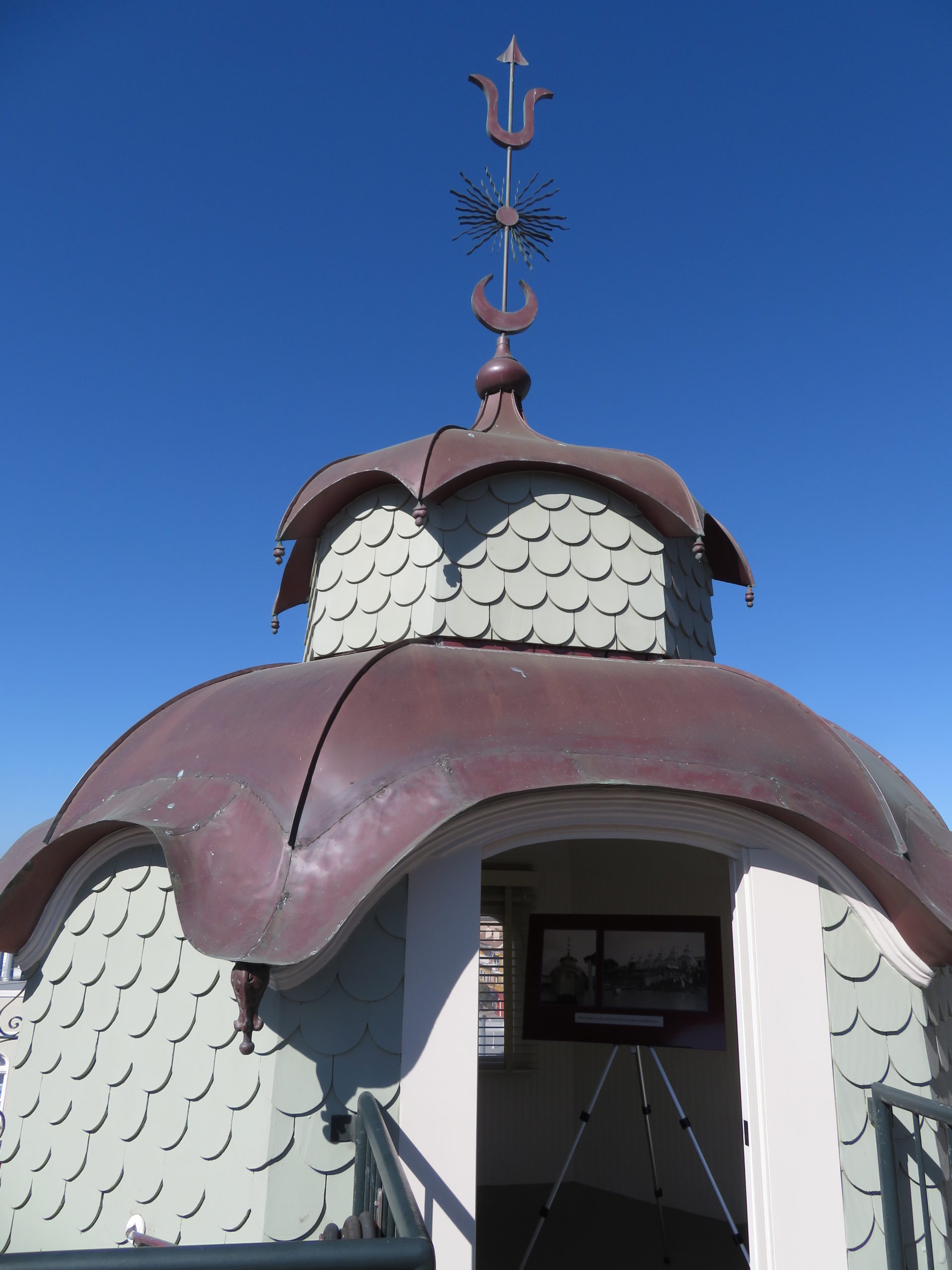
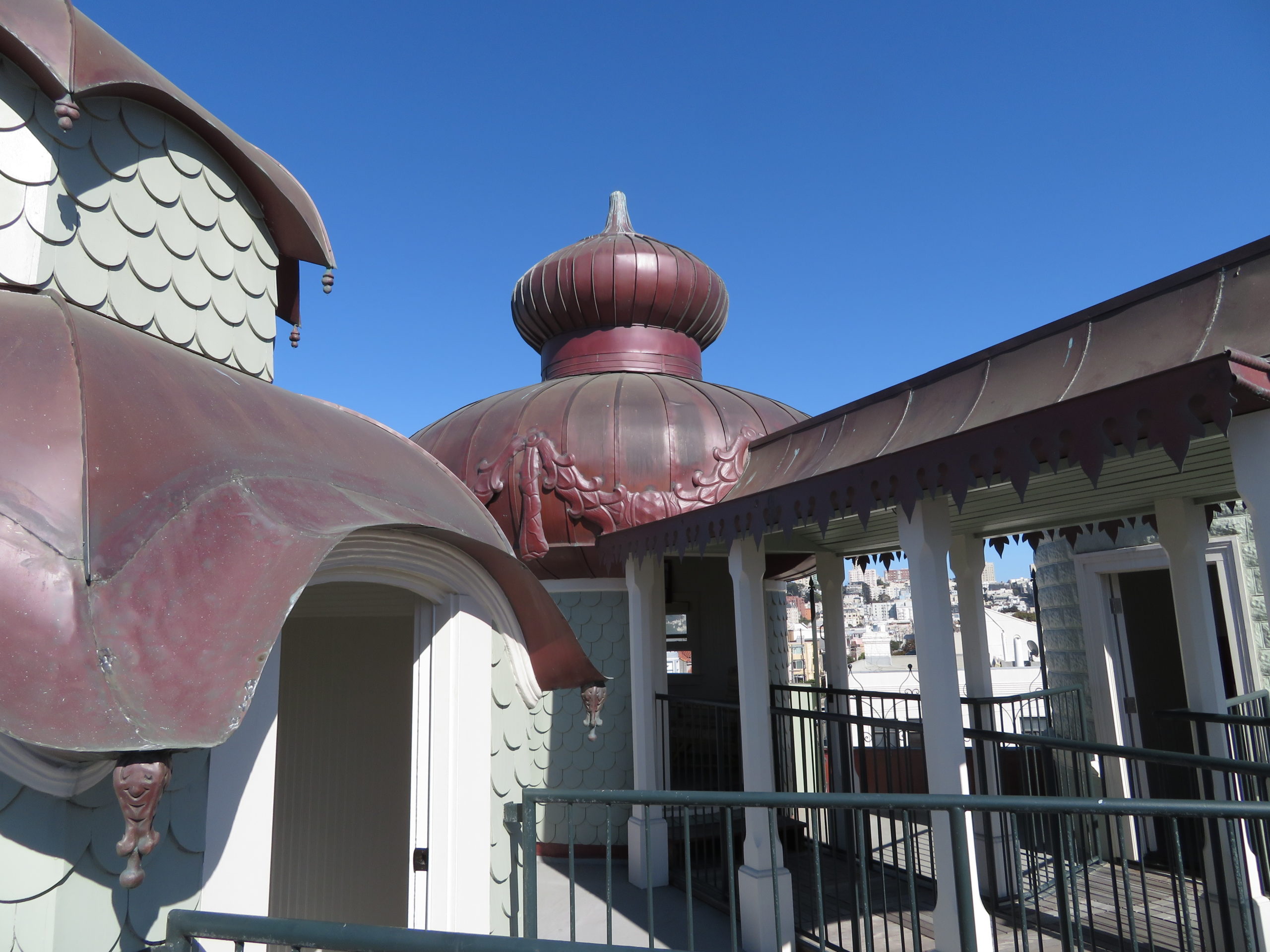
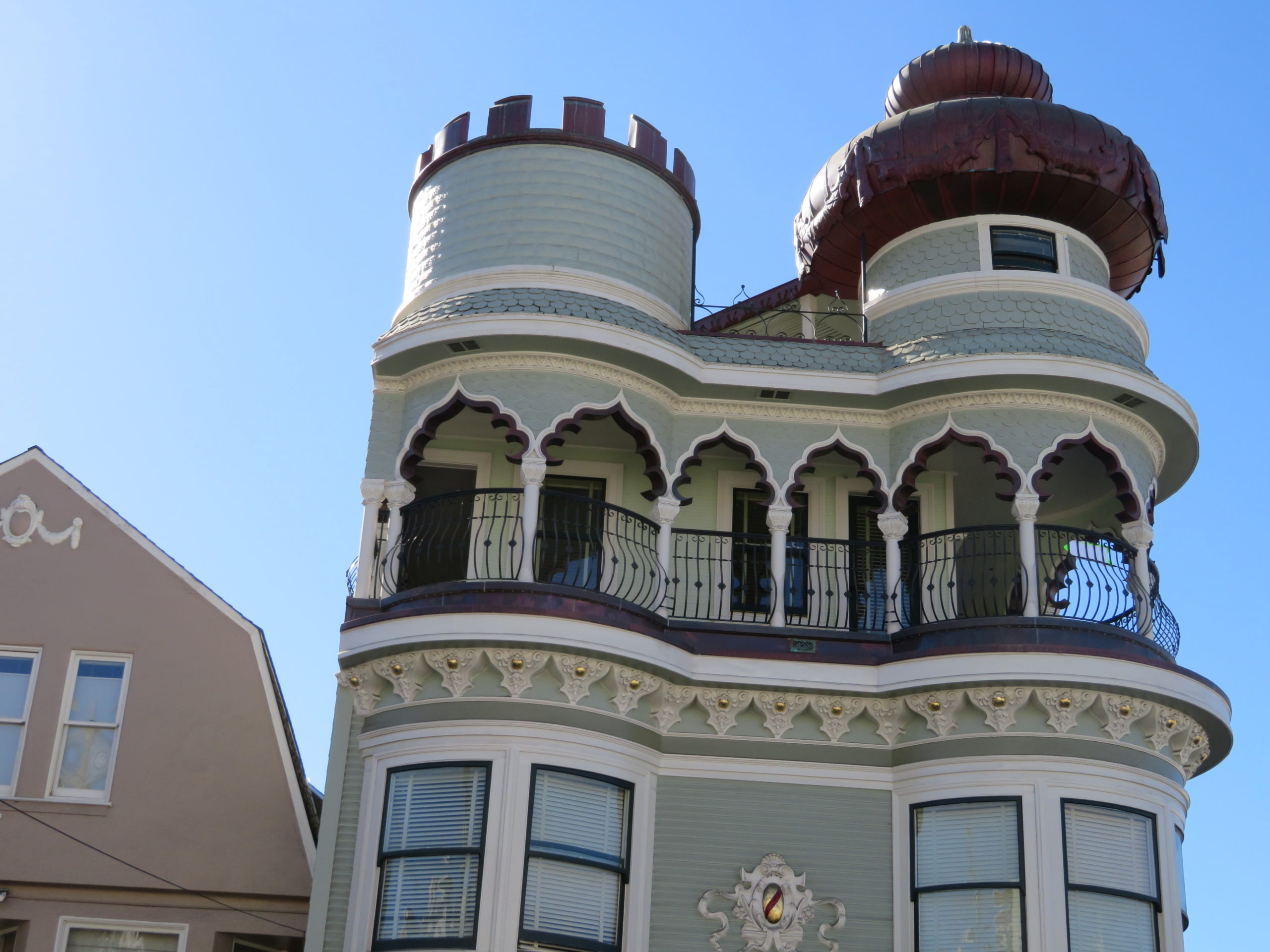


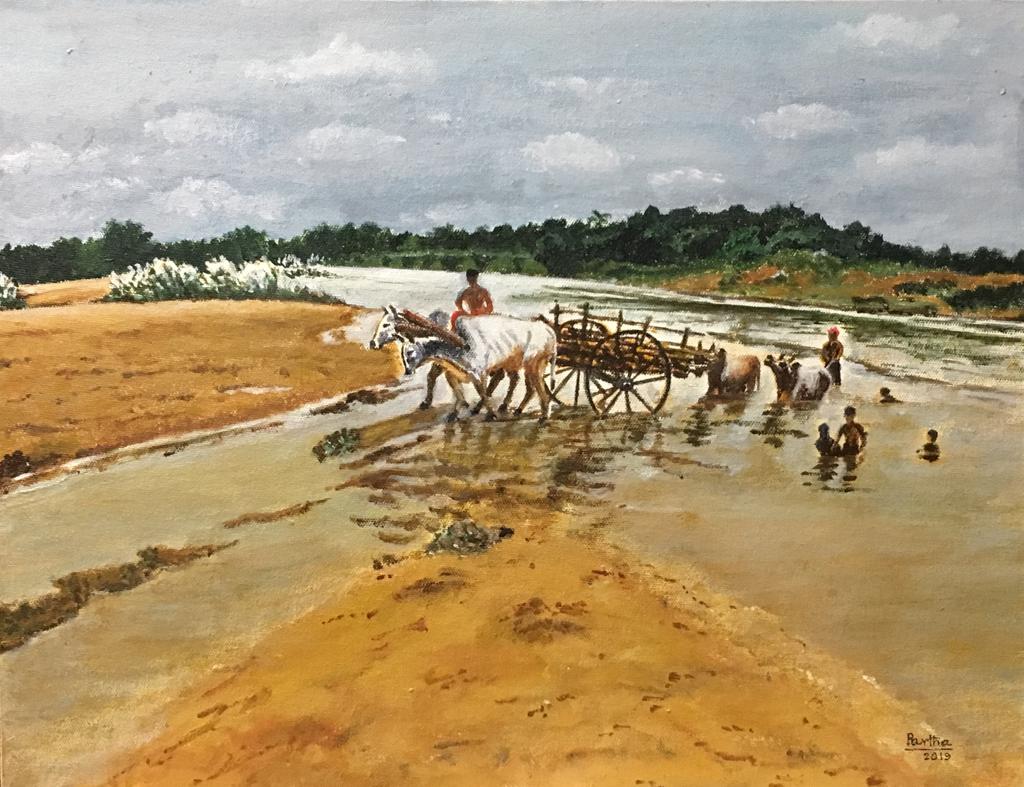

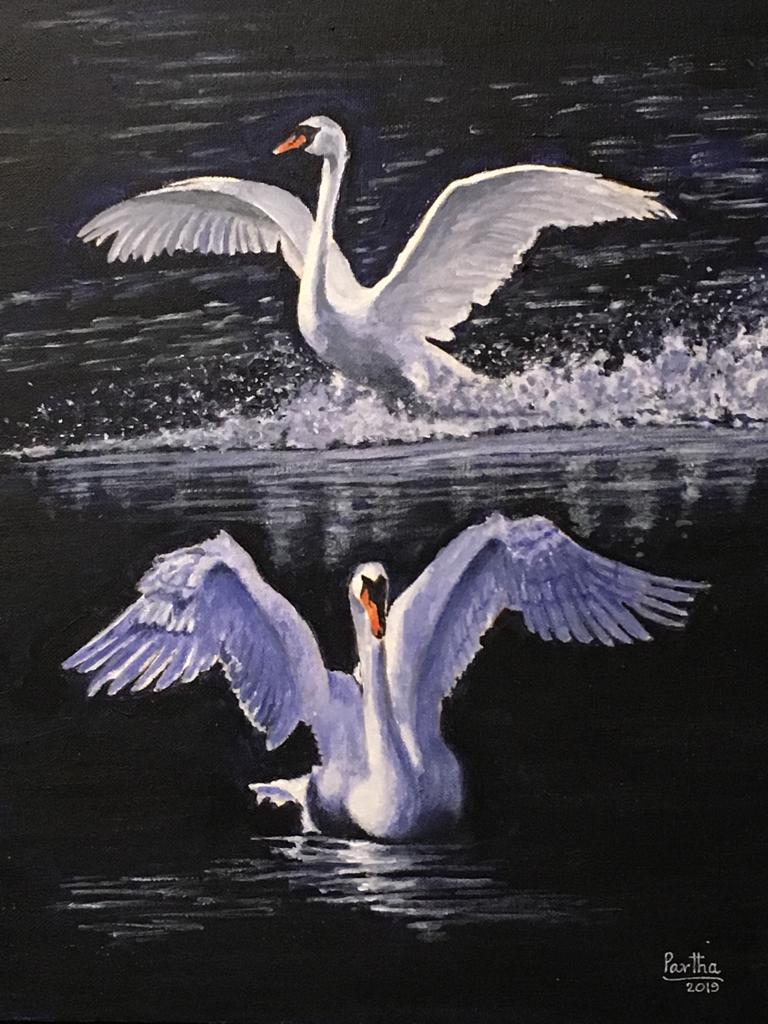
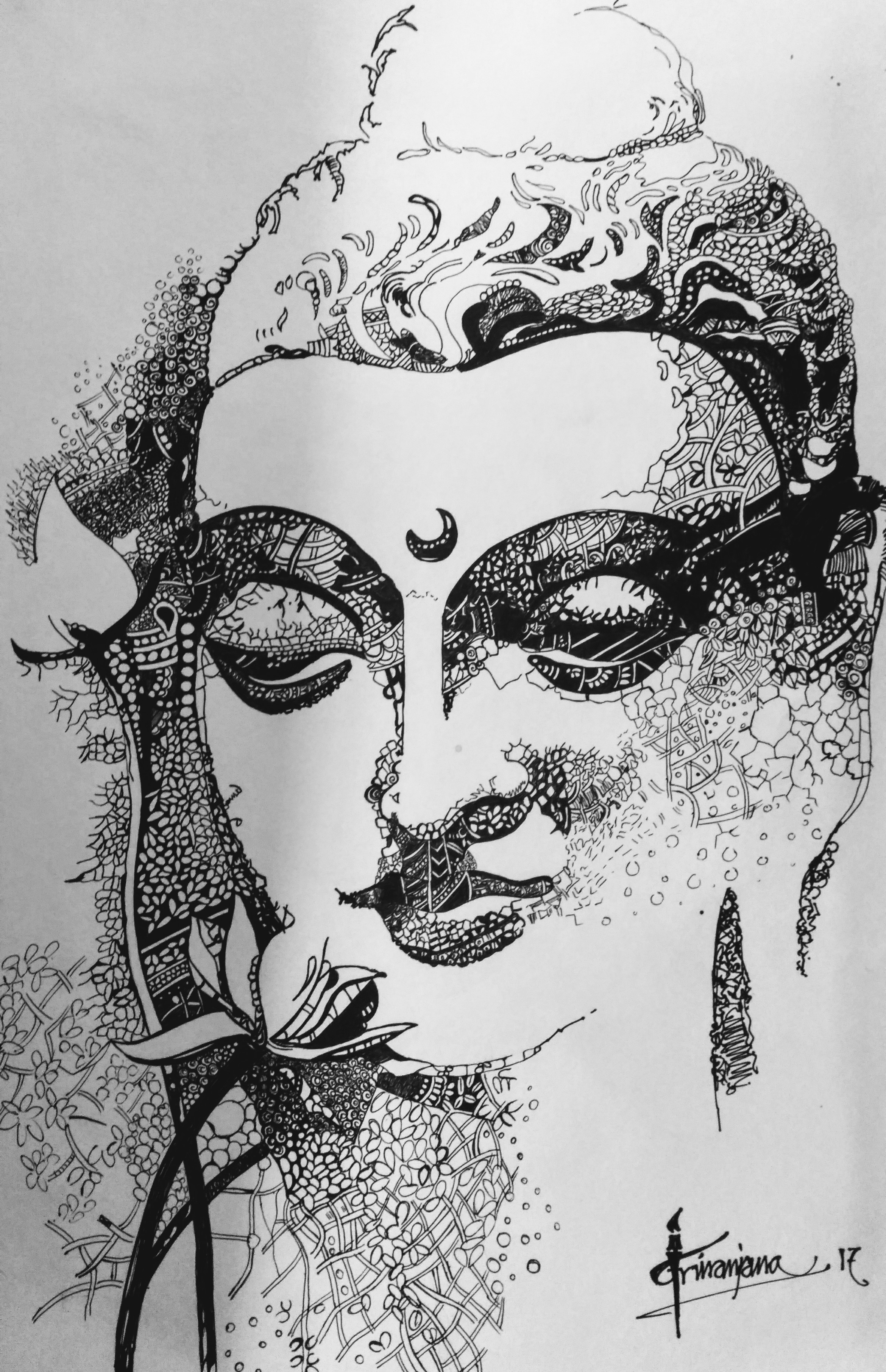


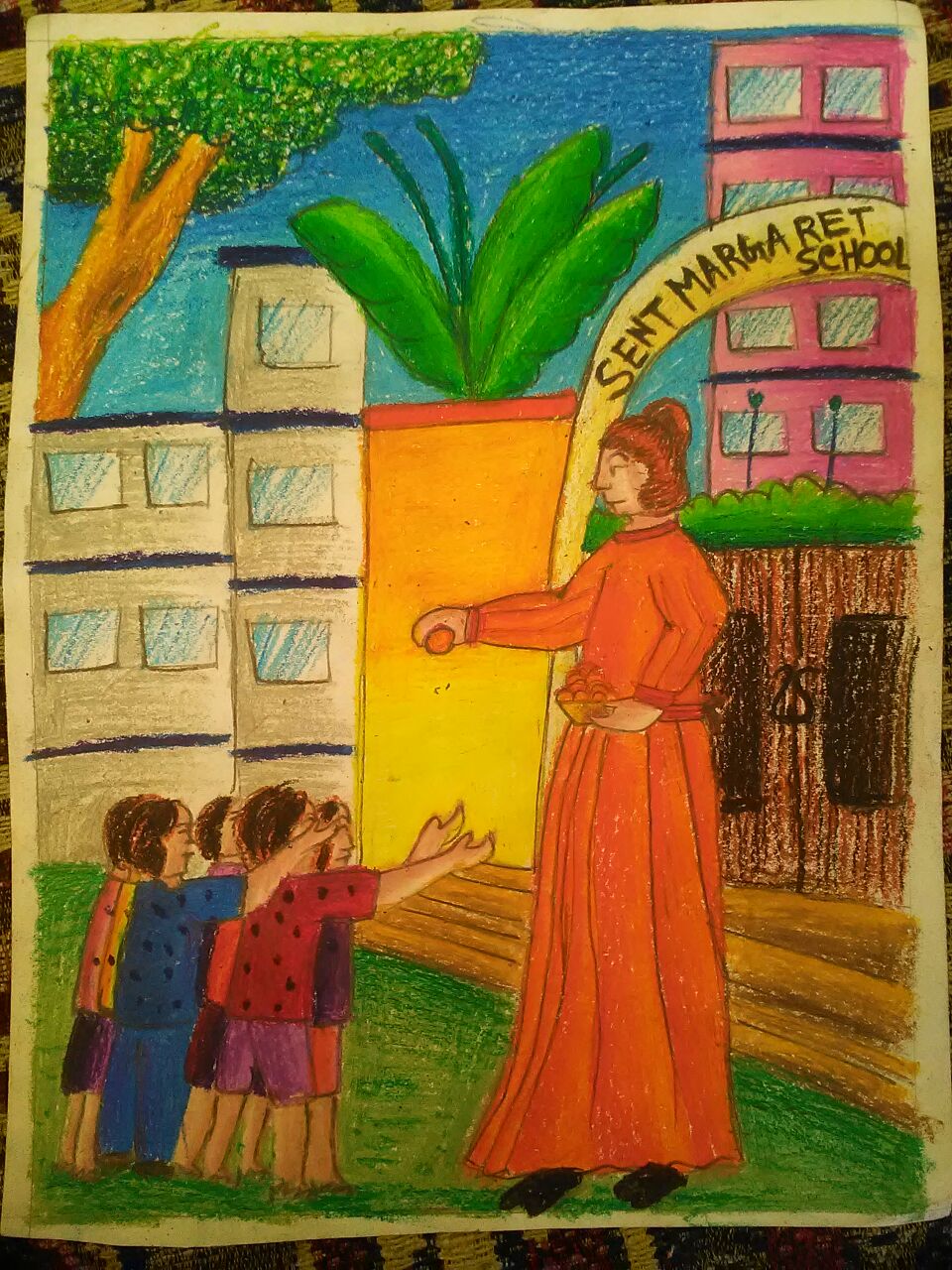

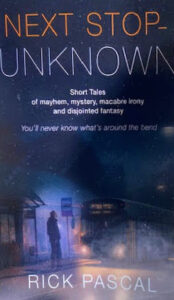



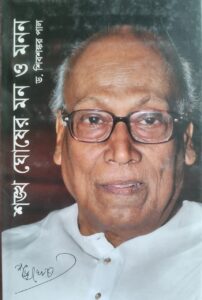
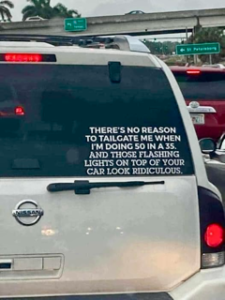
Comments »
No comments yet.
RSS feed for comments on this post. TrackBack URL
Leave a comment